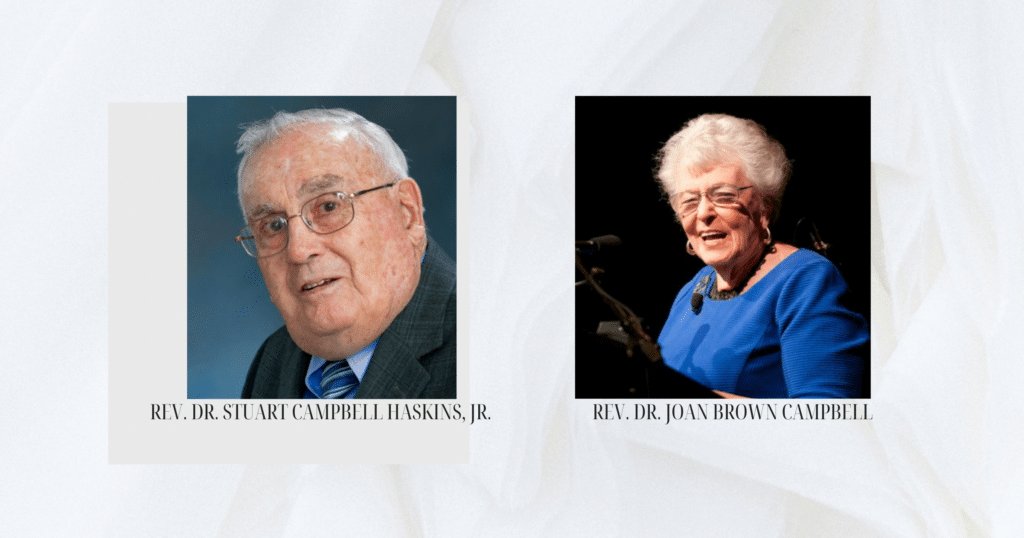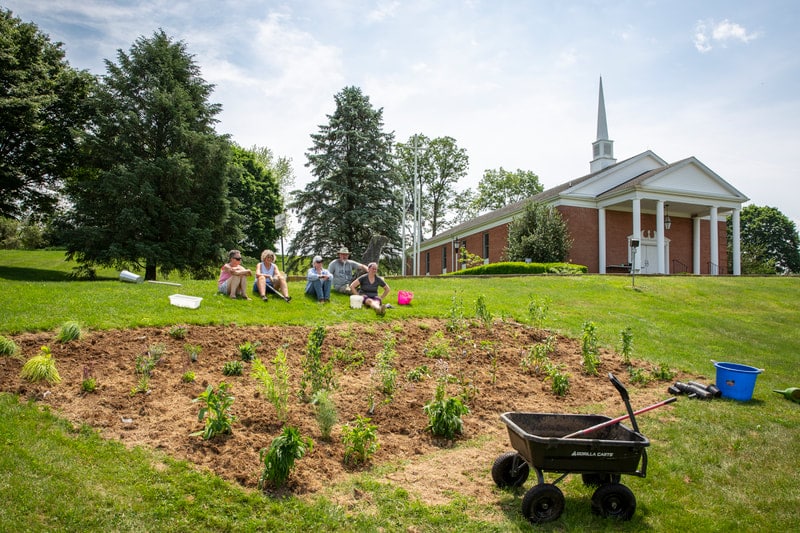Into the Mystic: Re-Pitching the Tent
I have this uncanny ability to walk into spaces and either feel the presence of the sacred, or not.
I am not suggesting that I am some sort of guru who can magically divine the spirit’s presence. What I am suggesting is entirely subjective: some spaces speak to my spirit’s hungers and desires; others don’t. Regardless, it is something I am always paying attention to. The important thing to note is that I am always asking, always seeking, always testing whether or not I can sense the movement of the Sacred wherever I find myself.
I read a book many years ago, and immediately put it on my list of books every pastor should have on their shelf.
It was written by a British architect. It is called Re-Pitching the Tent. It has one basic premise: architecture reflects theology, at least within the context of sacred spaces designed for worshipers.
When we were nomads wandering the desert in search of food, we would pitch our tents. Some of us experienced utterly transformable experiences with God along the way – and since we were always on the move we would set a rock in the place and mark it as a sacred place. The rock would serve to remind us of those encounters, and every generation that passed would remember to tell that story.
Tents became sanctuaries – sacred spaces. We were on the move, and God walked with us. So tents became God’s dwelling place.
We settled into more urban spaces, and temples were built. God’s permanence was memorialized, and we became pilgrims to these sacred temples.
Flying buttresses pointed pilgrim travelers to the heavens above, suggesting God’s transcendence and our humble place in the world – inspiring awe and a little bit of fear.
Raised pulpits, altars removed from the worshipers by altar rails, and aligned pews all suggested that the gathered community should mediate their access to the divine – often through a clergy that somehow had closer access to the sacred.
When worship wants to become more intimate and diminish the distance between lay and clergy, pews get removed, altars become central as seats are positioned in the round, and pulpits are replaced with something less ostentatious.
Everything in our sanctuary suggests something about who God is and how we relate to God. If our theology changes – and it is always changing, isn’t it – then the spaces that shape and define that relationship should also change.
That’s what Richard Giles refers to when he writes about re-pitching the tent. How you create your worship space matters. If the architecture no longer reflects your theology, if it inhibits your ability to commune with God – then change it.
I highly recommend this book. Too many sacred spaces have become dead spaces because they force a theology onto us that no longer aligns with our understanding of who God is. We invest so many of our missional resources in these structures not to use them for the greater glory of God. They are living buildings designed to enthrall the worshiper and bring them close to God, not museums built to preserve or commemorate a time long past.
Re-pitch your tent.
Find your sacred.
Enter the spaces where your heart sings and God comes alive. And let the divine speak to you as you seek to sustain yourself on this, your journey Into the Mystic.
Related News
Peace Be With You…
“…And also with you” is the response on Sunday mornings and on occasions where the peace...
Read MoreBreaking barriers and forging loving partnerships: Two servants of God are remembered
This Eastertide, the United Church of Christ remembers the Rev. Dr. Joan Brown Campbell and...
Read MoreGetting down and dirty in the soil: Rural congregation discovers ‘life has the last word’
The Rev. Julia L. Brown has a love/hate relationship with this time of year. “I dislike...
Read More


